Top Tips About How to Keep Cats out of Houseplants
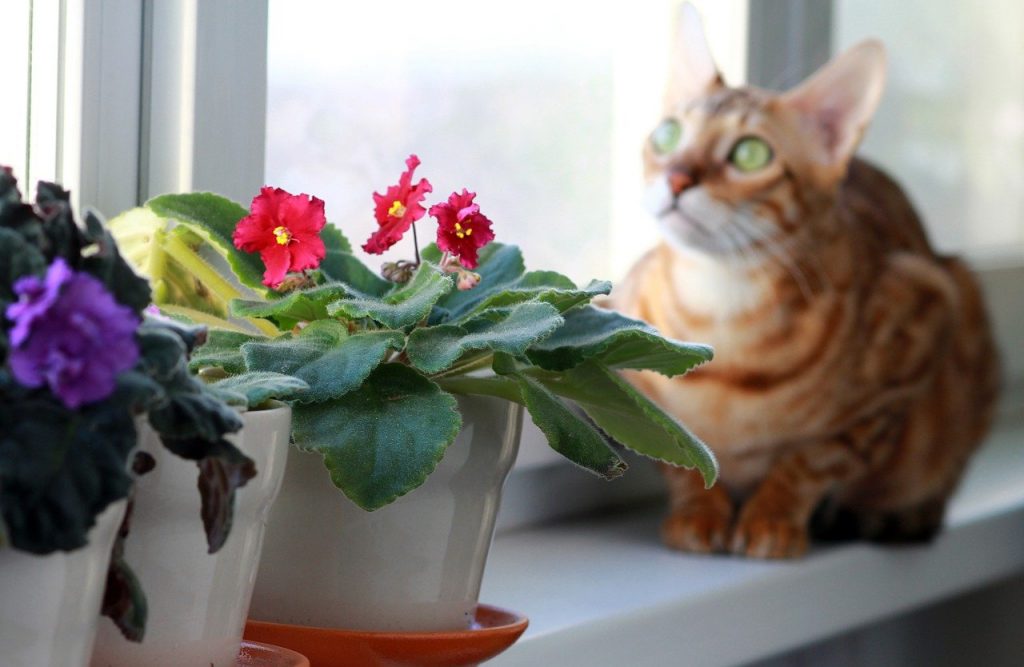
If you have cats and houseplants, you already know the two don’t mix well. But you shouldn’t have to get rid of your greenery just because your curious critters can’t keep their paws to themselves. You just need to know how to keep cats out of houseplants so that they can coexist in your home.
Since each cat is different, not all methods will work on all cats. But if you keep trying, you’ll surely find the right combination that will keep your cats out of your houseplants for good.
Before we talk about how to keep cats out of houseplants, let’s address the danger of doing nothing.
The Danger of Houseplants
Some cats like to dig in houseplants, while others use them for a litter box. Neither one of those options pose a threat to your cat. What does pose a threat is when your cat chews on or eats your houseplants.
Toxic plants can make your cat sick or worse. So, in addition to following these tips for how to keep cats out of your houseplants, here are some plants you shouldn’t bring into your home with your feline friends.
- Peace lilies
- Aloe Vera
- Pothos
- Crassula or Jade
- Snake plant
- Sago palm
- English ivy
- Dieffenbachia
- Monstera deliciosa or Split-leaf philodendron
- Pointsettia
- Begonia
Reactions to your cat chewing on these plants can range from an upset stomach to death. So, if you do have them in your home, keep them out of reach. You can either hang them from the ceiling, put them in a room the cats can’t access, or put them high on an inaccessible shelf.
Recommended Read: The Best Cat Brush To Use For Your Feline’s Clean And Shiny Fur
Signs Your Cat Ate Your Houseplants
If you see your cats near your houseplants, check the leaves to see if there are chew marks. Examining your plants might give you some obvious clues, but what if your cat eats a whole leaf?
In that case, they might not leave evidence, and you don’t know if they’re nibbling on your plants or not.
The first thing you want to do is keep your cats away from your plants, whether they are on the toxic list or not. We’ll cover those tips below.
Some other ways to tell if your cat is eating your houseplants is to watch their behavior. If they throw up, check it for plant matter, and if they seem out of sorts or lethargic, take your cat to the vet.
As mentioned above, different plants cause various symptoms in cats, so when in doubt, you want to seek help right away. Your vet can check your cat to make sure it’s healthy, and the doctor can help your pet if they did ingest something they shouldn’t have.
It might be helpful to take your plant or a sample of your plant with you to the vet, so they can assess the toxicity and have all the information they need to care for your cat properly.
How to Keep Cats out of Houseplants
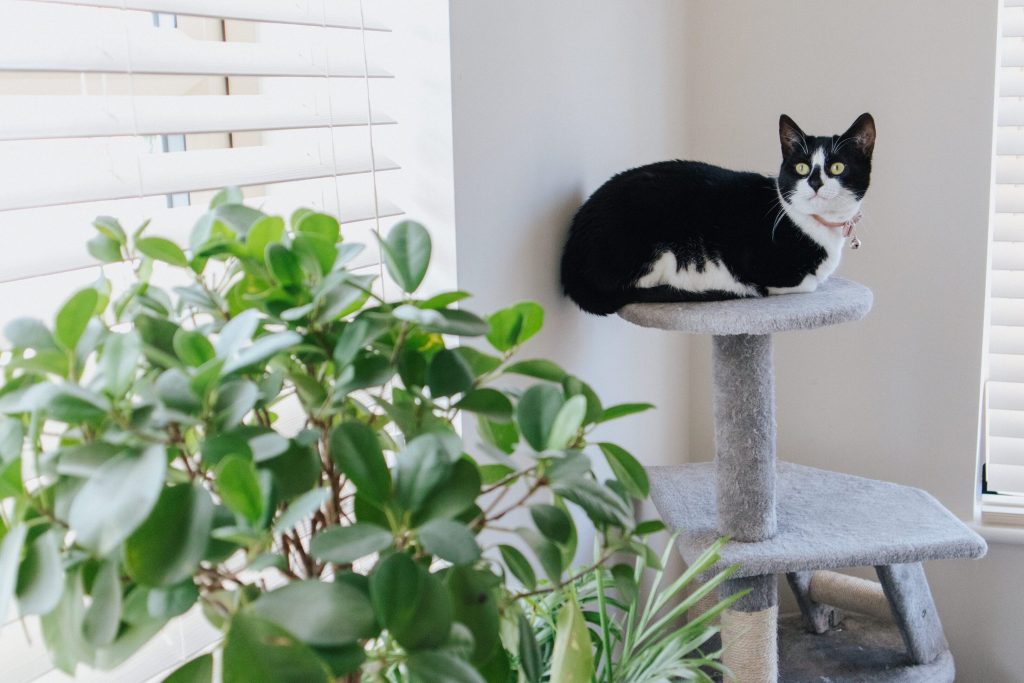
Even if you don’t keep toxic plants in your home, you still don’t want your cats digging in them or knocking them over. The last thing you want is a dug up plant and dirt all over the place. You might even think that the answer is simple: If you have cats, you can’t have plants.
But if you’re both an animal and plant lover, that pill can be hard to swallow. After all, where there’s a will, there’s a way.
So, we gathered some tips to keep those kitty paws off your houseplants so that you can enjoy them both without the worry.
Get the water ready
Most cats don’t like surprises or water, so having a spray bottle handy to squirt your pet and deter them from messing with your plants can be effective. The only problem is that you have to catch them in the act, and the lesson probably won’t stay with them forever.
When you aren’t home or are out of the room, your cat will likely take advantage of the situation and do what they want with your plants. So, while this is a handy technique to use when you’re in the room, it’s not a permanent solution.
That said, you can use the bottle to mist your plants, so having a water bottle close by can serve a dual purpose. Use this method in combination with other methods to keep your sneaky pet away from your household plants.
Change the smell
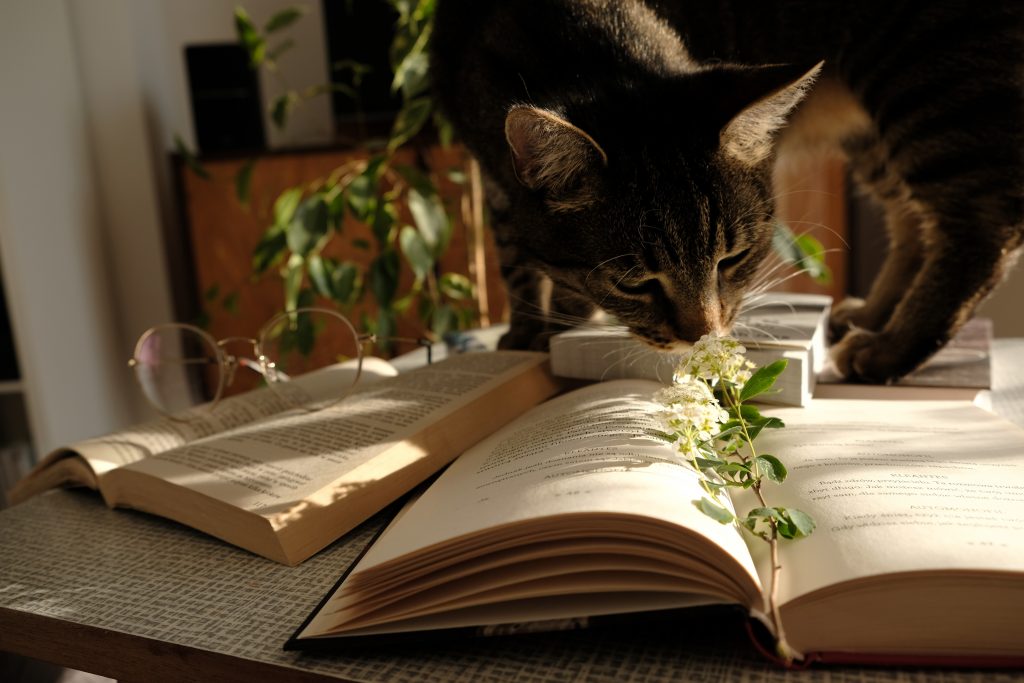
Like most other animals, cats are sensitive to smell. Knowing that, it only makes sense to take advantage of that sensitivity to protect your plants.
Find a smell that your cat doesn’t like, but one that won’t harm them. Cinnamon can be a good deterrent, and it’s also good for your plant’s health. Just sprinkle it in the dirt and keep refreshing it after it works its way into the soil.
If cinnamon doesn’t work, try placing a capful of apple cider vinegar at the base of your plant to keep your cat away. In addition to the offensive odor that your cat will probably hate, apple cider vinegar can also attract little flies you don’t want in your house anyway.
Test different spices and scents until you find one that works for your feline friend.
Make dirt less fun
Instead of leaving your dirt or mulch as is, consider adding some texture to your houseplant’s bed. Cat’s paws are sensitive, so they tend to avoid things that don’t feel good on their pads.
Adding pinecones, stones, or shells to the soil at the base of your plant could be enough to keep your furry sneak out of your houseplants.
Be sure not to use anything that might puncture their paws or hurt them in any way. After all, you’re not trying to cause them harm; you’re only trying to get them to leave your plants alone. Your plants are there to look pretty and scrub your air, not as a toy for your pets.
Change things up
Leaving your plants in the same place day after day is giving your cat the opportunity to devise a plan of attack. If they want to make a mess of your houseplant, cats will do nothing but sleep, eat, and plan their next move.
But if you move your plants around, you’ll foil their evil schemes.
This method might seem like a pain, but change can be a good thing. Not only does moving your plants change up the feel of your room, but you might keep your cat off guard enough that they’ll leave your plants alone.
On the other hand, if you have a particularly curious cat, changing your plant’s location might actually invite them to visit. In that case, use one or two of the other methods on this list and leave your plants in their original location.
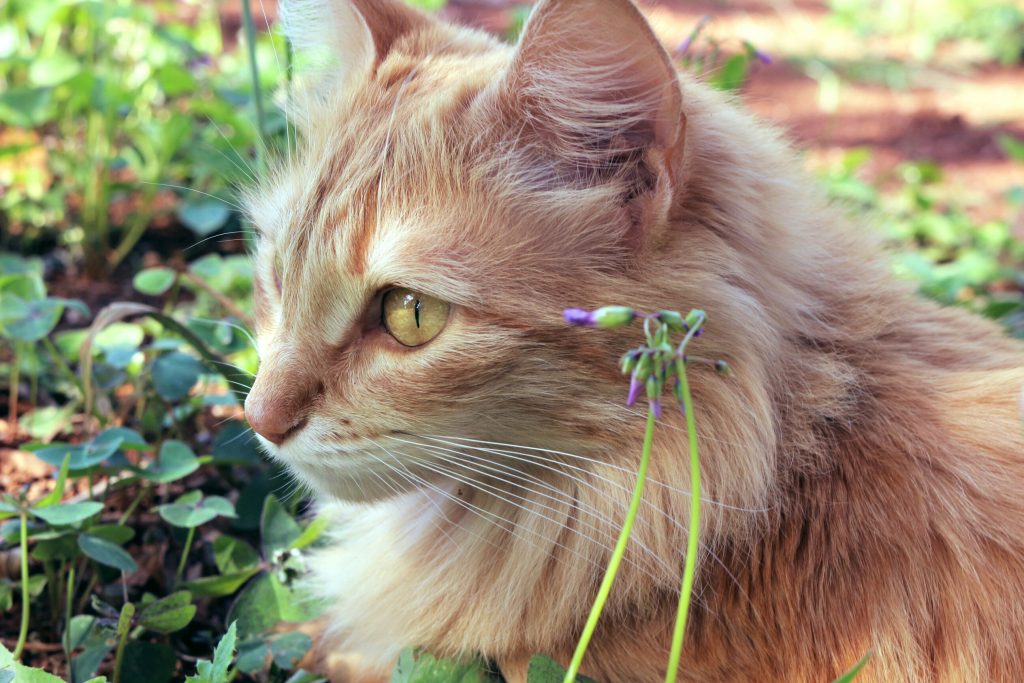
Use your outdoor voice
Most cats don’t like surprises or loud noises, so why not combine the two? The only problem with using a loud noise like a clap, yell, or whistle is the same issue you might have using a water bottle: You have to be there at the time of the offense.
If you aren’t home a lot, this method probably won’t be effective for you. But when you are home and in the room with your plants, this is a good way to discourage your cat.
Keep in mind, you don’t want to scare your cat so much that they’re stressed. You simply want to stop them from bothering your houseplants. So, if your cat is shy to begin with or timid in any way, this probably isn’t the best avenue to take.
Don’t use a method that will adversely affect your relationship with your pet.
Moats aren’t just for castles
Felines are persistent. So, sometimes the only answer for how to keep cats out of your houseplants is to create a literal barrier around your plants.
We’re not suggesting that you build an actual moat with water, a drawbridge, and crocodiles, although that would be cool. Instead, surround your plant with something that a cat won’t like crossing.
You could place double-sided tape around your plants to keep your cats at bay. Or fill the space around your plants with tin foil.
If you fill the area around your plants with something to discourage your cats from getting near your plants or leave them no area to land on, you could protect your plants from unwanted visitors.
Keep their area clean
Sometimes cats look for other places to dig and go to the bathroom if their litter box isn’t just so. Is your cat picky? If you’re wondering exactly how to keep cats out of the houseplants, the answer might be to clean their litter box.
Some cats don’t mind a messy box, while others require a pristine litterbox to do their business. To ensure that their litterbox isn’t the problem, do your best to keep it clean. You could even try switching out their litter for a different brand that’s more appealing to your cat.
Options options options
In addition to taking measures to keep your cats out of your houseplants, it might help to give them other places to play.
Think about getting them a dig box, toys, a cat tower, a special food, or a scratching post to keep their attention where you want it and away from where you don’t.
Some cats are more playful than others, so keep their personality in mind when choosing alternatives to draw their attention. Correcting their behavior may even be as simple as giving them a treat when they listen to you.
Avoid These Methods
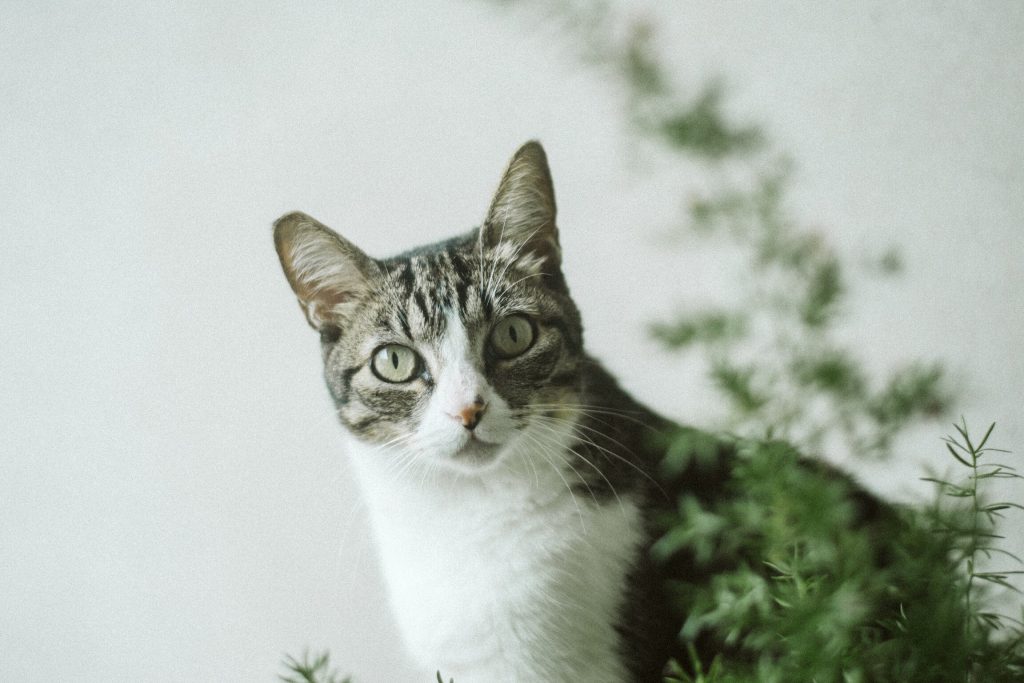
You love your pet, but you also know their behavior can be frustrating. That’s especially true when you repeat yourself over and over again. But when you’re trying to discourage a behavior, there are a few things you need to avoid.
Physical and verbal punishments will not only confuse your pet, but it will also affect your relationship, so avoid that at all costs.
Remember, you’re only trying to discourage a behavior, not alter your owner/pet interactions.
Recommended Read: Finding the Best Cat Flea Collar to Keep Fleas Off Your Cats
Now You Know How to Keep Cats out of Houseplants
Although we’ve given you lots of options to try and keep your cats away from your houseplants, some animals are stubborn, and others just won’t learn. In those cases, you won’t have much choice other than to choose between your cats and your houseplants.
If you’re a nature lover and you love plants, but you don’t want to get rid of your cat, consider outdoor gardening. Window boxes, patio pots full of greenery, and gardens could fill your need for nature without the frustration of cat interference.
You could even hang plants on the outside of your windows. That way, you can enjoy the view while protecting them and your cats at the same time.
The truth is, you have many options to choose from. All you have to do is experiment with these methods and see which ones work for you and your cats.
Do you have any ideas for how to keep cats out of houseplants that we didn’t cover? If so, let us know your ideas in the comments!
